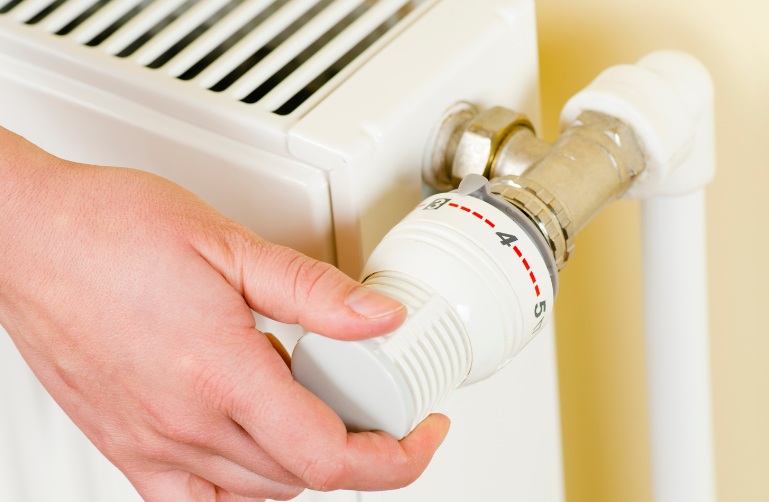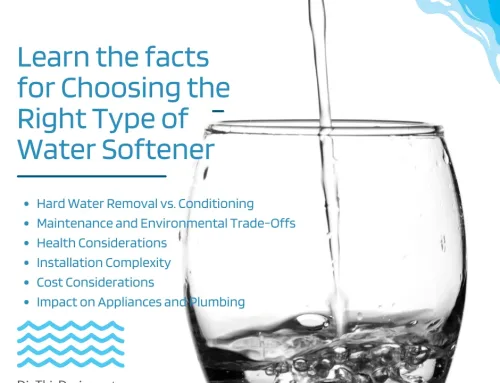Ball valves play an essential role in home heating systems. They control the flow of water or other fluids through the system and can be used to isolate certain parts of the system for maintenance or repair. This article delves into the importance of ball valves in home heating systems, discussing their structure, types, installation, and maintenance.

Figure 1: 3-way ball valve suitable as zone valve
Why Ball Valves are Important in Home Heating Systems
What is a Ball Valve?
A ball valve is a simple yet essential device that controls the flow of fluids within a system. It consists of a spherical ball with a hole through it. The ball, typically made of metal, can be turned to either allow or block fluid flow through the pipe. The ball’s position within the valve determines whether the flow is open or closed.
Ball Valves In Heating Systems
Features
Ball valves are an important and versatile component of home heating systems. They are reliable, easy to operate, durable, and relatively inexpensive. Ball valves can help improve home heating systems’ energy efficiency, longevity, and safety.
Purpose
Here are some of the specific roles that ball valves play in home heating systems:
- Isolation: Ball valves can be used to isolate certain parts of the heating system for maintenance or repair. For example, if a baseboard heater needs to be replaced, the ball valves on the supply and return lines to the heater can be closed to isolate it from the rest of the system. This allows the heater to be replaced without affecting the rest of the heating system.
- Flow control: Ball valves can control the flow of water or other fluids through the heating system. This can be useful for balancing the heating system so that all house rooms are heated evenly. Zone ball valves can also be used to reduce the flow of water to a particular zone, such as a bedroom that is not being used.
- Safety: Ball valves can shut off the flow of water or other fluids to the heating system in an emergency. For example, if a pipe leaks, the ball valve on the main water supply line to the boiler can be closed to prevent further damage.
Here are some specific examples of how ball valves can be used to improve the energy efficiency of home heating systems:
- Close ball valves on unused zones: If rooms in the house are not being used, the ball valves on the supply and return lines to those zones can be closed. This will prevent water or other fluids from circulating through those zones, which can save energy.
- Reduce the flow of water to certain zones: Some zones, such as bedrooms, may not need as much heat as other zones, such as living rooms. The ball valves on the supply and return lines to these zones can be partially closed to reduce the water flow, which can save energy.
- Install ball valves on the return lines from each zone: This will allow you to balance the heating system by adjusting the water flow to each zone. This can help ensure that all of the rooms in the house are heated evenly, saving energy.
By using ball valves wisely, you can improve the energy efficiency of your home heating system and save money on your energy bills.
Where to install
Ball valves are used in a variety of locations in home heating systems, including:
- On the main water supply line to the boiler or water heater
- On the individual heating zones, such as the baseboard heaters or radiators,
- On the return line from the heating zones back to the boiler or water heater
- On the hot water supply line to the faucets and showerheads
Ball valves are also used in conjunction with other components in the heating system, such as circulator pumps, thermostats, and expansion tanks.
Installation and Maintenance
When installing ball valves in home heating systems, following the manufacturer’s instructions is important. Here are some general guidelines:
- Ensure the ball valve is the correct size and type for the application.
- Install the ball valve where it will be easily accessible for operation and maintenance.
- Use the correct pipe fittings and sealant to connect the ball valve to the pipes.
- Tighten all connections securely, but do not overtighten.
- Once the ball valve is installed, operate it several times to ensure it works properly.
Maintenance
Ball valves require very little maintenance, but inspecting and lubricating them periodically is important. Here are some general guidelines:
- Inspect the ball valve for any signs of damage or wear. If the valve is damaged or worn, it should be replaced.
- Lubricate the ball valve with a silicone-based lubricant. This will help to keep the valve operating smoothly and prevent corrosion.
- Operate the ball valve several times yearly to ensure it is working properly.
Conclusion
Ball valves are an essential part of home heating systems. They are reliable, easy to operate, and can control the flow of water or other fluids through the system, isolate certain parts of the system for maintenance or repair, and shut off the flow of water or other fluids in an emergency. By understanding the types and proper installation and maintenance of ball valves, you can ensure that your heating system operates at its best, providing you with the warmth you need during the colder months.
Other posts you might enjoy:
Tips From Class A Heating Furnace and Air Conditioning Repair & Installation





